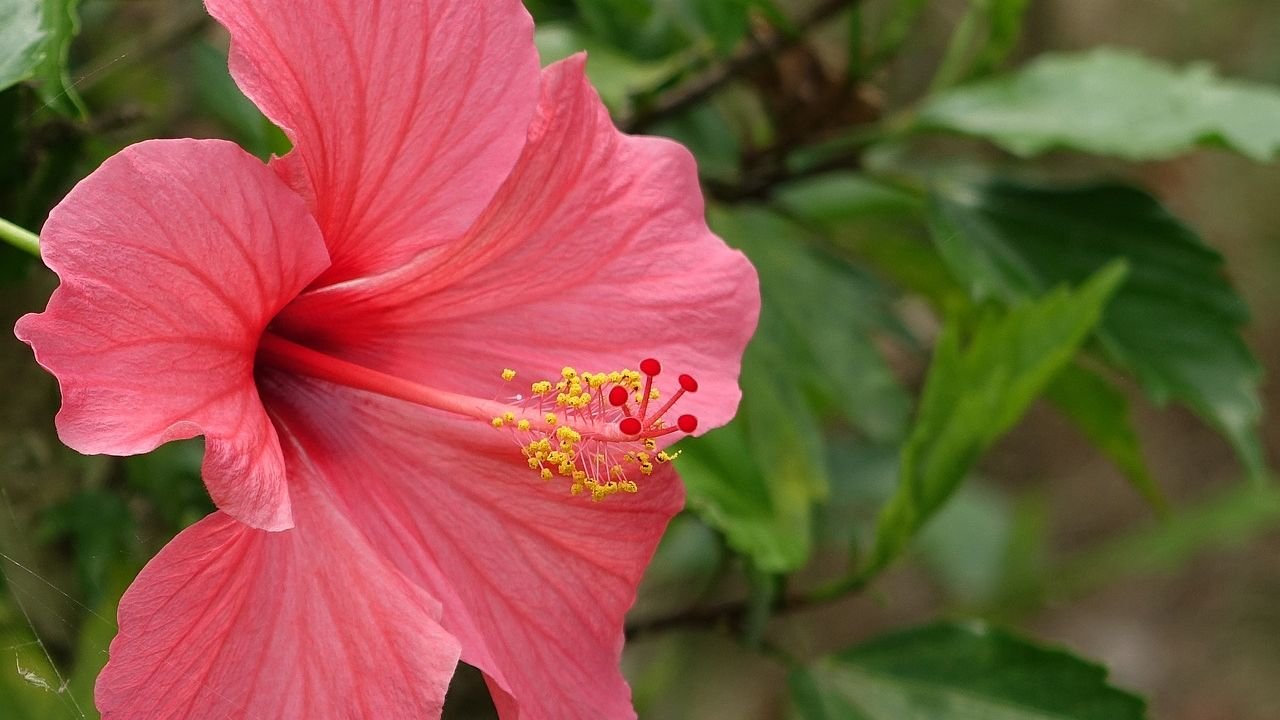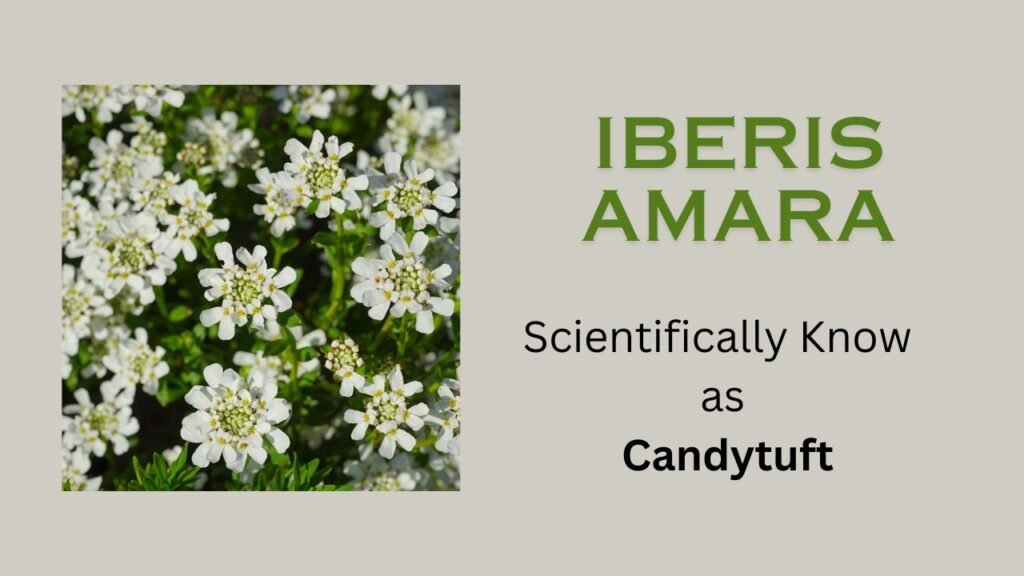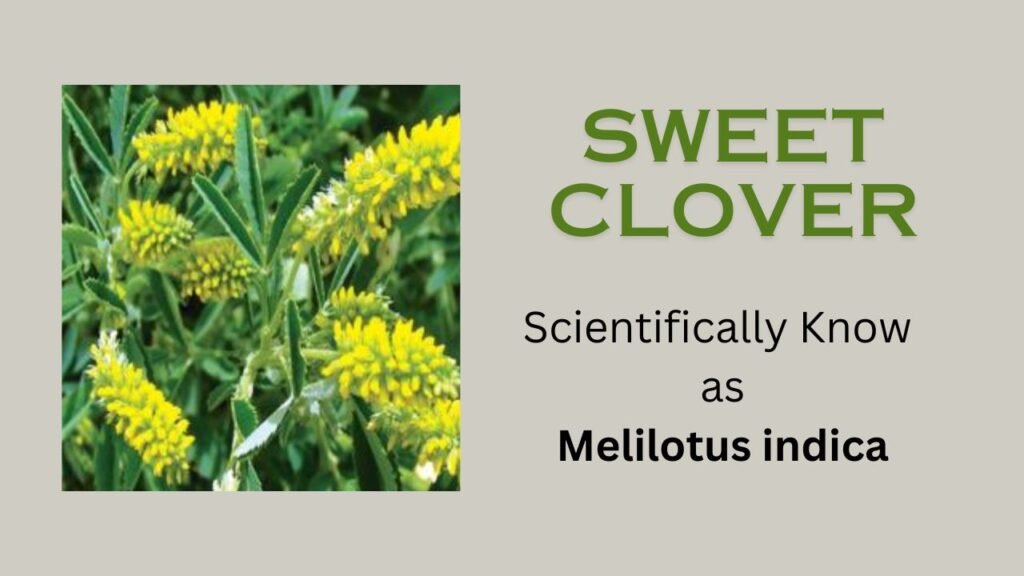Hibiscus is a tree that is planted in gardens for decoration. However, it is used in many forms. The scientific name of Hibiscus is Hibiscus rosa-sinensis. It produces red and pink flowers. They are also used as flowers for worship. The red flowers of Hibiscus are used to make shoe polish. Let us know about the plant and flowers in some detail.

Scientific Name: Hibiscus rosa-sinensis
Some Basic Information about Hibiscus rosa-sinensis
Habit– Ornamental shrub
Root– Tap root
Stem– Erect, woody, glabrous, branched, solid.
Leaf– Simple, alternate, serrate margin, acute apex, petiolate, stipulate, reticulate venation.
Inflorescence– Solitary, axillary.
Flower– Pedicellate, bracteate, complete, 6 or 7 bracteoles (epicalyx), hermaphrodite, actinomorphic, pentamerous and hypogynous.
Epicalyx– 5-7 free, green, linear (considered as bracteoles).
Calyx-Sepals 5, gamosepalous, valvate aestivation.
Corolla– Petals 5, polypetalous but appear as gamopetalous due to fusion with staminal tube at the base, twisted aestivation, red or variously coloured.
Androecium– Stamens many, monadelphous (filaments of all stamens fuse together to form a staminal tube around the style), epipetalous, anthers basifixed, monothecous, reniform (kidney-shaped) and extrorse.
Gynoecium– Pentacarpellary, syncarpous, superior ovary, pentalocular, axile placentation, two ovules in each locule, style long passes through staminal tube, stigma 5 sometimes each bilobed.
Floral formula– ↶
Br⊕ ⚥ Epi5-7 K(5) C5 A(∞) G(5)
Systematic Position–
Division – Phanerogamia
Subdivision – Angiospermae
Class – Dicotyledonae
Subclass – Polypetalae
Series – Thalamiflorae
Order – Malvales
Family – Malvaceae








